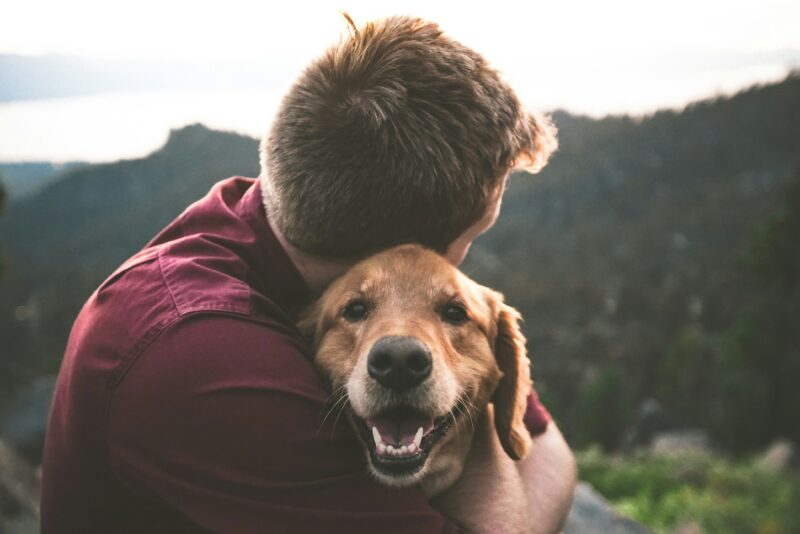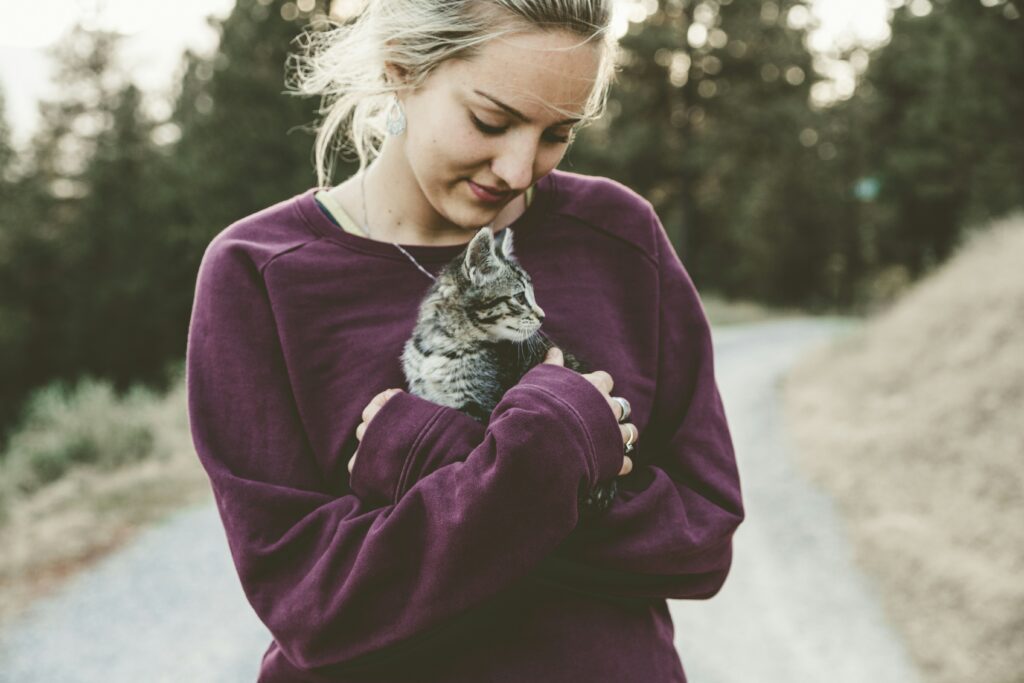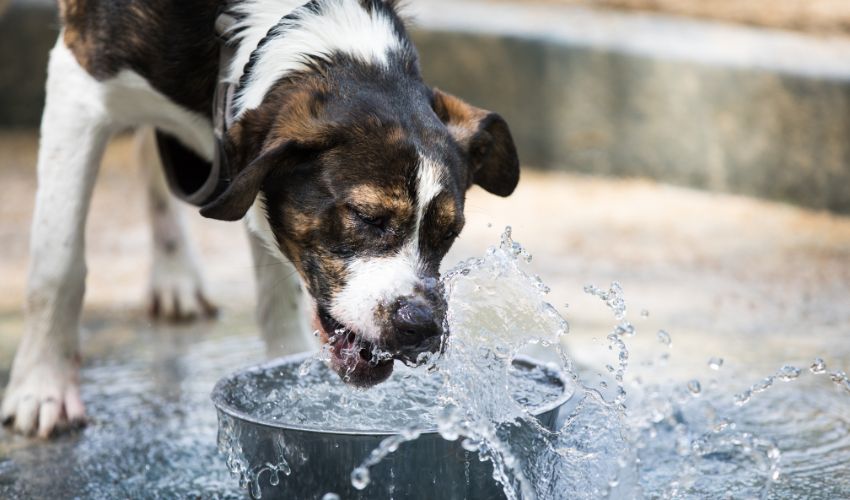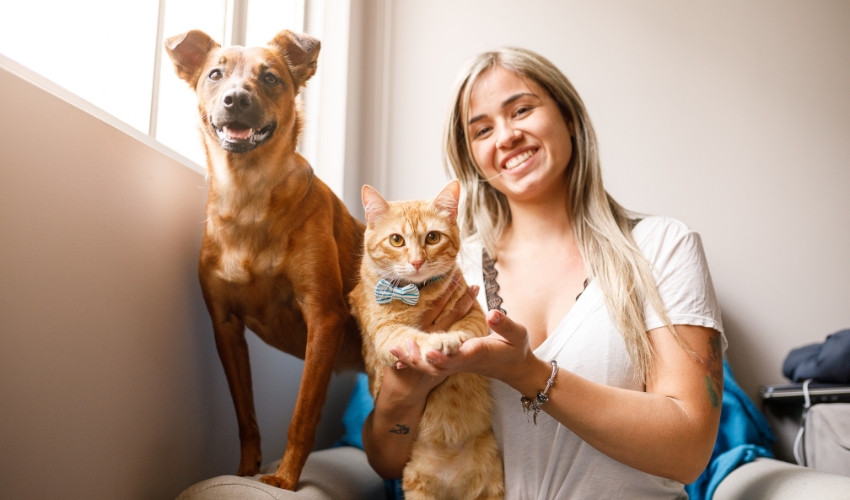The well-being of our pets goes beyond physical health; mental health is equally essential. Anxiety can affect cats and dogs, leading to behavioral changes and impacting their overall quality of life. As a responsible pet owner, understanding the signs, causes, and effective treatment strategies for anxiety in pets is crucial. In this comprehensive guide, we will explore the nuances of recognizing and treating anxiety in cats and dogs, empowering pet owners to provide the care and support their furry companions need.
Unveiling the World of Pet Anxiety
- Types of Pet Anxiety:
Pet anxiety can manifest in various forms, including separation anxiety, noise anxiety, social anxiety, and generalized anxiety. Each type may have unique triggers and symptoms.
- Causes of Pet Anxiety:
Understanding the root causes of anxiety is fundamental to effective treatment. Common triggers include changes in routine, loud noises, past traumatic experiences, medical conditions, or genetics.
- Signs of Anxiety in Pets:
Recognizing anxiety in pets involves observing behavioral changes. Signs may include excessive vocalization, destructive behavior, house soiling, changes in appetite, pacing, trembling, hiding, or aggression.
Recognizing Anxiety in Cats
- Excessive Grooming:
Cats may resort to excessive grooming as a coping mechanism for anxiety. Obsessive grooming can lead to hair loss and skin issues.
- Isolation:
An anxious cat may seek isolation, withdrawing from social interactions. Hiding in secluded areas or avoiding human contact are common signs.
- Changes in Litter Box Behavior:
Anxiety can manifest in altered litter box behavior, such as avoiding the litter box, urinating outside the box, or excessive scratching in the litter.
Recognizing Anxiety in Dogs
- Excessive Barking:
Dogs may bark excessively when anxious. This behavior is often triggered by fear, boredom, or a perceived threat.
- Destructive Behavior:
Anxious dogs may engage in destructive behavior, such as chewing furniture or household items. This behavior serves as an outlet for their anxiety.
- Restlessness:
Restlessness, manifested through pacing or inability to settle, is a common sign of anxiety in dogs. Constant movement may indicate inner turmoil.
Treatment Strategies for Pet Anxiety
- Consult with a Veterinarian:
If you suspect your pet is experiencing anxiety, consult with a veterinarian. A thorough examination can rule out underlying medical issues, and your veterinarian can provide guidance on the most suitable treatment approach.
- Behavioral Modification:
Behavioral modification techniques aim to change the way pets respond to anxiety triggers. This may involve desensitization exercises, positive reinforcement, and gradual exposure to anxiety-inducing stimuli.
- Environmental Enrichment:
Providing a stimulating and enriched environment can alleviate anxiety. Interactive toys, climbing structures for cats, and puzzle feeders for dogs engage their minds and divert their focus.
- Comfort Items:
Introduce comfort items such as cozy beds, blankets, or toys that provide a sense of security. Familiar scents can also have a calming effect.
- Calming Pheromones:
Synthetic calming pheromones, available as sprays, diffusers, or collars, mimic natural pheromones that help reduce stress and anxiety in pets.
- Prescription Medications:
In severe cases, prescription medications may be recommended by your veterinarian. Anti-anxiety medications or antidepressants can help manage symptoms and improve the overall well-being of the pet.
- Professional Training:
Seek the guidance of a professional animal behaviorist or trainer experienced in anxiety-related issues. They can provide tailored strategies and exercises to address specific anxiety triggers.
Holistic Approaches to Anxiety Management
- Natural Supplements:
Explore natural supplements like chamomile, valerian root, or CBD oil, known for their calming properties. Always consult with your veterinarian before introducing supplements.
- Acupuncture and Massage:
Alternative therapies like acupuncture or massage can promote relaxation and reduce anxiety in some pets. Consult with a veterinarian trained in these therapies.
- Routine and Predictability:
Establishing a consistent routine provides predictability for pets, reducing anxiety. Regular meal times, play sessions, and bedtime rituals create a sense of security.
- Physical Exercise:
Regular physical exercise is vital for mental well-being. Engage pets in activities like play, walks, or interactive games to expend excess energy and reduce anxiety.
- Quality Nutrition:
Ensure your pet receives a balanced and nutritious diet. High-quality nutrition contributes to overall health, impacting both physical and mental well-being.
Proactive Measures for Pet Owners
- Education and Awareness:
Educate yourself about the specific needs and behaviors of your pet’s species and breed. Understanding their natural instincts and tendencies helps address anxiety triggers effectively.
- Patience and Consistency:
Managing anxiety is a gradual process. Be patient and consistent in implementing treatment strategies, and celebrate small victories along the way.
- Positive Reinforcement:
Use positive reinforcement to reward calm behavior. Encourage and praise your pet when they exhibit relaxed behavior in anxiety-inducing situations.
- Create Safe Spaces:
Provide designated safe spaces where your pet can retreat during times of stress. These spaces should be quiet, comfortable, and easily accessible.
- Avoid Punishment:
Avoid using punishment as a response to anxious behavior. Positive reinforcement is more effective in creating positive associations and reducing anxiety.


Community Engagement: Raising Awareness
- Support Groups and Forums:
Join pet owner support groups or online forums focused on anxiety in pets. Sharing experiences, insights, and success stories creates a supportive community.
- Community Workshops:
Organize or participate in community workshops on pet anxiety. Raising awareness within your community fosters understanding and empathy.
- Collaboration with Veterinarians:
Collaborate with local veterinarians to organize seminars or webinars on recognizing and treating anxiety in pets. Veterinary professionals play a crucial role in educating pet owners.
- Share Personal Experiences:
If you’ve successfully managed your pet’s anxiety, share your story. Personal narratives can provide hope and inspiration to pet owners facing similar challenges.
Conclusion: A Happy, Anxiety-Free Life for Pets
Recognizing and treating anxiety in pets requires dedication, patience, and a holistic approach that addresses both the physical and mental aspects of their well-being. As a pet owner, you are the primary advocate for your furry friend’s mental health.
By staying informed, seeking professional guidance when needed, and implementing proactive measures, you can create an environment where your pet feels safe, secure, and free from the burdens of anxiety. Together, let’s ensure our pets lead happy, fulfilling lives, enriched by the love and support they deserve.
















